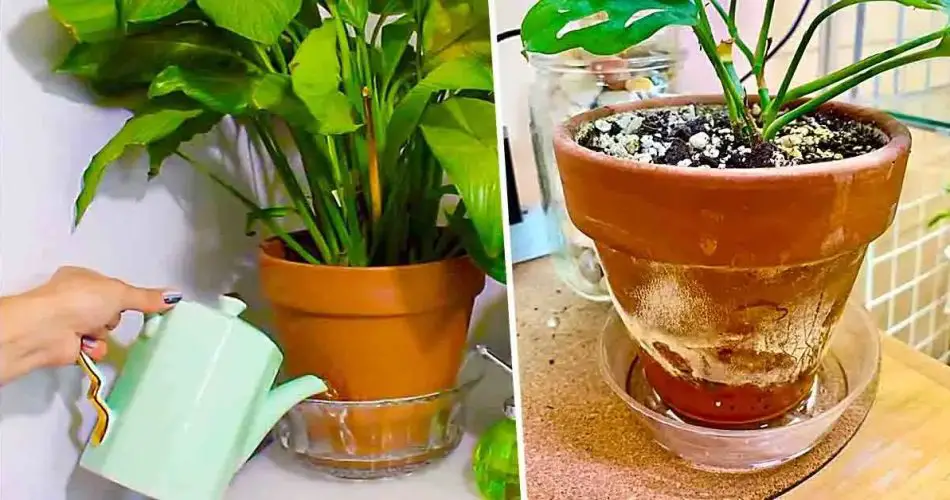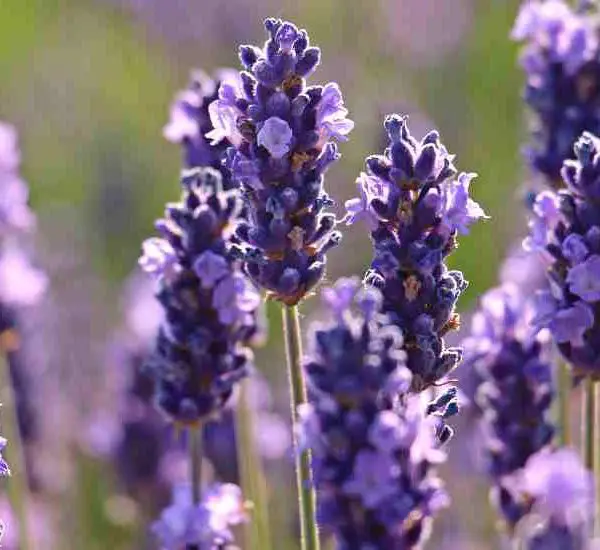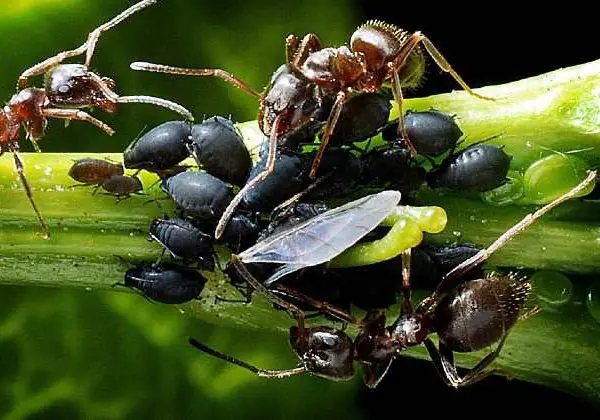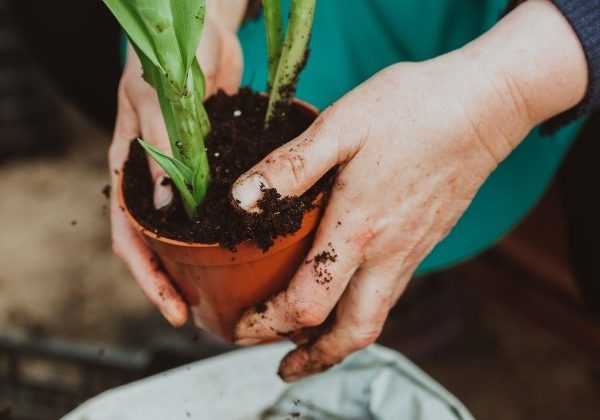Gardening has seen a rise in popularity, with more and more enthusiasts embracing the art of cultivating plants. Whether you’re a seasoned gardener or a beginner, one of the most essential elements of plant care is watering. After sunlight exposure and healthy soil, properly watering your plants is crucial for their health and vitality. Today, we’ll explore a technique you should definitely try if you want to keep your plants happy and thriving.
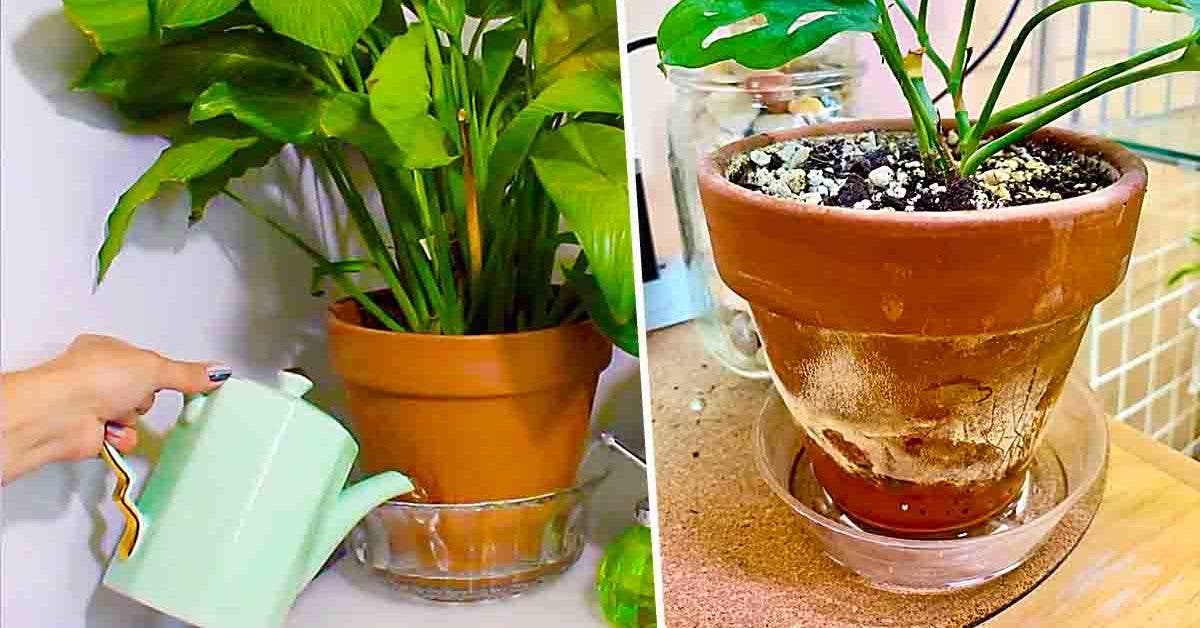
Classic Watering from Above
Traditionally, watering is done from above, where you fill a watering can and pour water onto the soil or foliage of your plants. While this method is common, there are some drawbacks, particularly for plants that don’t like having water on their leaves, as it can cause marks or even mold.
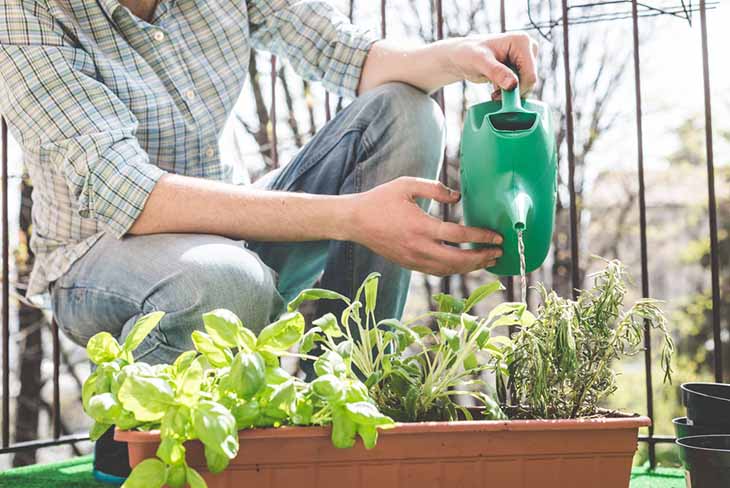
The downside of top watering is that it often leads to water stagnation in the bottom of pots, causing root rot and water wastage. Excessive humidity from standing water prevents the roots from getting enough oxygen, leading to a condition called anoxia, which can harm or kill the plant. So, what’s the solution? Consider bottom watering instead.
Watering from Below
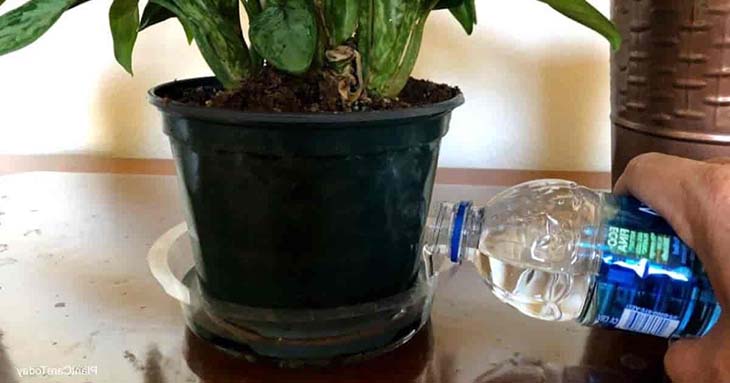
Bottom watering, also known as saucer watering, involves placing a saucer underneath the pot and pouring water directly into it. This technique allows the plant to absorb water through capillary action from the bottom, ensuring a more even and efficient watering process.
The Benefits of Watering from Below
- Avoids Overwatering: Watering from below ensures that the plant receives only the water it needs, preventing root suffocation caused by stagnant water.
- Properly Doses Water Intake: The plant drinks as much water as it can absorb, preventing excess moisture in the soil.
- Prevents Soggy Soil: Bottom watering helps the soil stay evenly moist, reducing the risk of attracting pests like aphids.
- Saves Water: By using this method, you’re ensuring the water goes directly to the plant’s roots, which helps reduce water wastage.
- Preserves Nutrients: Unlike top watering, bottom watering reduces the risk of nutrient leaching, which occurs when water washes away vital nutrients from the soil.
- Ideal for Dry Substrate: If the soil is particularly dry, bottom watering is the best technique to ensure the plant gets the moisture it needs without waste. Top watering may not penetrate deeply enough into dry soil to hydrate the roots effectively.
Step-by-Step Method for Bottom Watering
- Fill your watering can with tap water or rainwater (which is even better for plants).
- Pour the water directly into the saucer under the plant. The water will rise through the bottom of the pot by capillary action, ensuring the roots get a good drink.
- Wait for 15 minutes and check if the plant has absorbed all the water. If not, it means you need to add more water.
- Repeat the process, adding more water to the saucer if necessary, until the soil is fully hydrated.
- After 30 minutes, check if there is still water left in the saucer. If so, this is excess water, and you should empty the saucer to prevent root rot and insect attraction.
By using the bottom watering technique, you’ll notice your plants becoming healthier, with well-hydrated roots and no excess moisture to cause problems. Give it a try, and watch your plants thrive!
